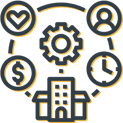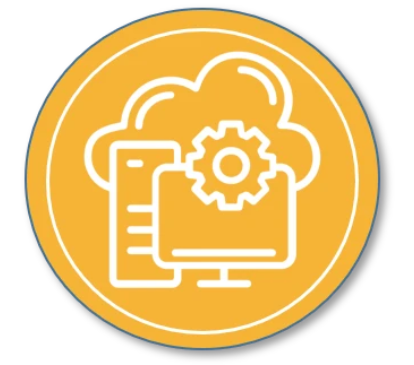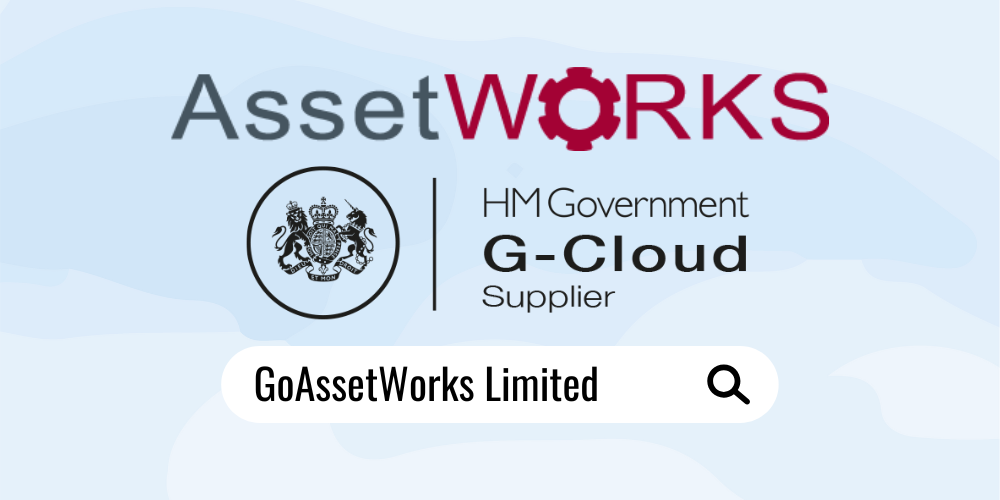PowerBI, Tableau, AiM IQ. Do you recognize these BI tools? If so, you probably already know how they simplify creating valuable reports, dashboards, and presentations that have a powerful impact in your facilities management operations.
Perhaps your role is overseeing resource scheduling, facilities inspections, or warehouse operations, and you are responsible for accurate data collection in your facilities management software. Maybe your role consists of capital project planning, grant writing, or staffing, and you need justification for funding. Regardless of your role and functional focuses, we can all agree that maintaining, projecting, and constructing growth of an organization is undoubtedly reliant on data collection in your facilities management software.
Here are five ways your Business Intelligence tool encourages the success of your organization.
- Helps to support decisions: Let's say you are a facilities manager, and you are tasked with reducing the average days to complete work orders. Dashboards in your facilities management software can show you if the average time drastically increases in a specific period. You will start to see trends through these visualizations and have the data to not only identify possible supply shortages or resource scheduling conflicts, but also to support the decision to change suppliers or hire more technicians.
|

|
- Manage your resources: The data you collect establishes a history of your organization's performance. BI tools simplify the reporting effort and create meaningful dashboards to help you anticipate resource demand and resource availability through trends.
|

|
- Identify process bottlenecks: Tying this back to the first two benefits, your BI metrics in your facilities management software will clearly show where potential bottlenecks occur and pose risks to the success of your goal to reduce the average days to complete work orders. For example, one key metric in facilities management is Work Order Phase On-Time Status Changes. When you start to identify a trend of Late Phase Status changes, you can visualize the potential bottlenecks and reduce or remove the causes..
|

|
- Engagement and alignment: There is nothing more frustrating than knowing the solution to a problem and not being able to persuade others in your organization that it is the right solution. The facilities manager must get the right information to the right people at the right time to successfully prepare and execute a plan of action. In your role, you likely know the defined key performance indicators (KPIs) for which your organization is asking, and you were likely part of deciding what those KPIs would be. Shareable reports give key stakeholders and decision-makers visibility to promote engagement and alignment to meet the organization's goals.
|

|
- Analyze data: Believe it or not, bad data is still better than no data. Don't believe me? As the facilities manager, you want to track Work Order Phase On-time Status Changes. With accurately recorded data, this metric can help monitor and drive improvement in on-time phase status changes and is a proactive way to increase on-time work completion. It can also identify potential process "bottlenecks" which can pose risks to on-time work completion. If this metric is not doing that, it will prompt the analysis of the data being recorded. You will likely find gaps where not all the data is being entered. Dashboards and metrics constructed from your defined KPIs can help you analyze what part of your processes and planning strategies are on point and which ones need re-evaluation.
|

|
Summarily, BI tools are critical to your facilities management operations whether you use outsourced programs, out-of-the-box reports or custom-built solutions. Impactful dashboards and reports get you the right information to take the best action possible with the highest probability of success.
About the Author
Jessica Raasch is a Product Owner at AssetWorks and brings 8 years of experience in software solutions used in higher education. Her focus and passion is helping organizations streamline workflows and collect accurate data so that facility management operations run most efficiently.
Subscribe to AssetWorks' Blog & Newsletter
We send out periodic updates to our facilities community.








